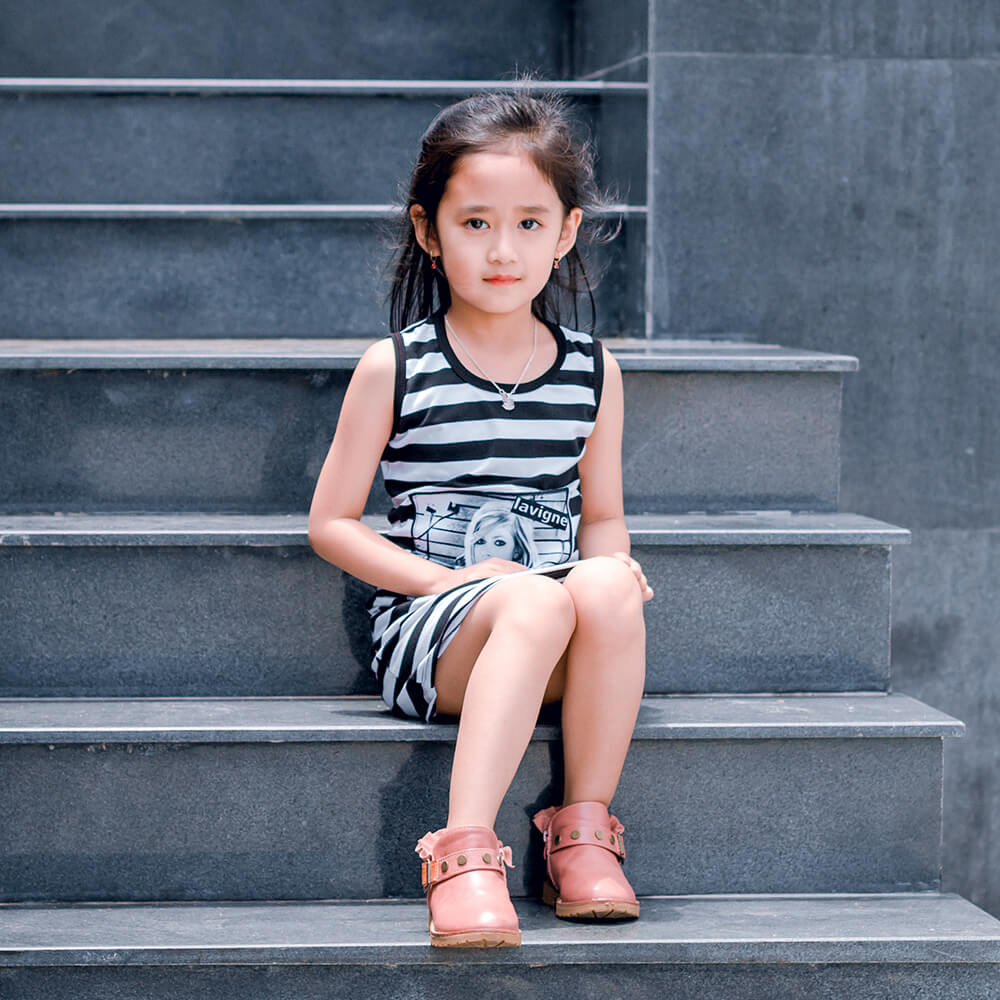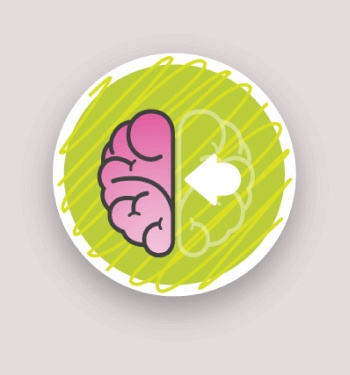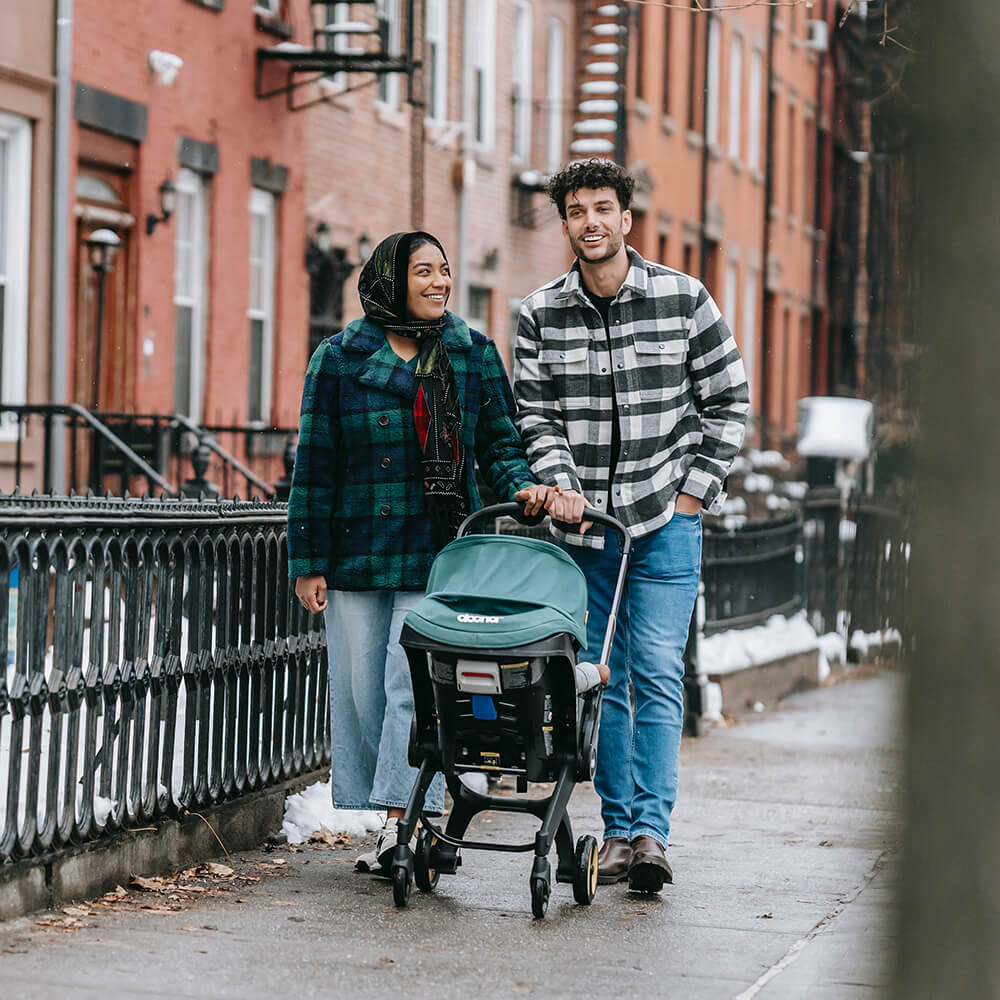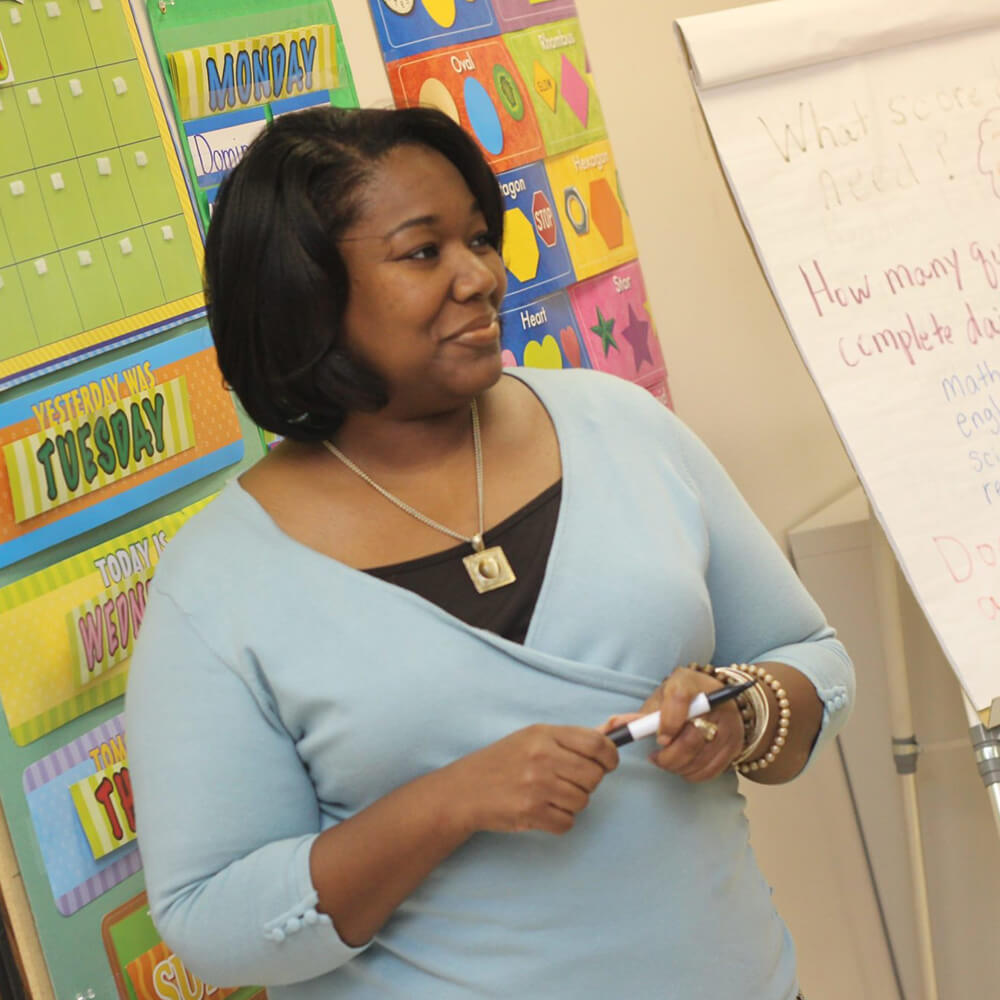You are trying to get your preschool child to sit with a book or board and go through letters and numbers, but they just won’t sit still or gets bored easily. You may purchase sets and sets of build-up alphabets but they rather build and break a tower with it all. Try something different and get your child to learn and revise letters and numbers with some physical activity to burn some energy by turning your street into a classroom!
Teach your child colours by walking down your street and pointing out the cars that pass by. Black sedan, white truck, red convertible….you will find plenty of colours on moving metal. Your child, who will grasp any information presented in a creative manner will soon be able to identify makes of cars too! Turn this into a quiz later by asking them, ‘what colour?’ and give out points for the right answer. Collect enough points and get an ice-cream treat!
An excellent way of teaching letters and numbers to young kids is through license plates. This is a great way simply because license plates are at a great height for young kids. Ask your child to point at and recite the letters and numbers of every parked car that you pass by. If you don’t mind some dirt and dust, let them go over the letters and numbers with their finger. This is a great practise for writing later.
A walk down the street can also teach young children shapes. Wheels are round, windows are rectangles, there are three ovals on Toyota cars, there are four quarters on a BMW and a Mercedes consists of thirds. Children are generally fascinated by cars and since all this information comes to them so creatively, they will remember it all much faster.
So, take a walk down your street and enjoy the lesson.
Happy Parenting!
































